Full moon calendar 2025: when is the next full moon?
When to see the lunar phenomenon every month

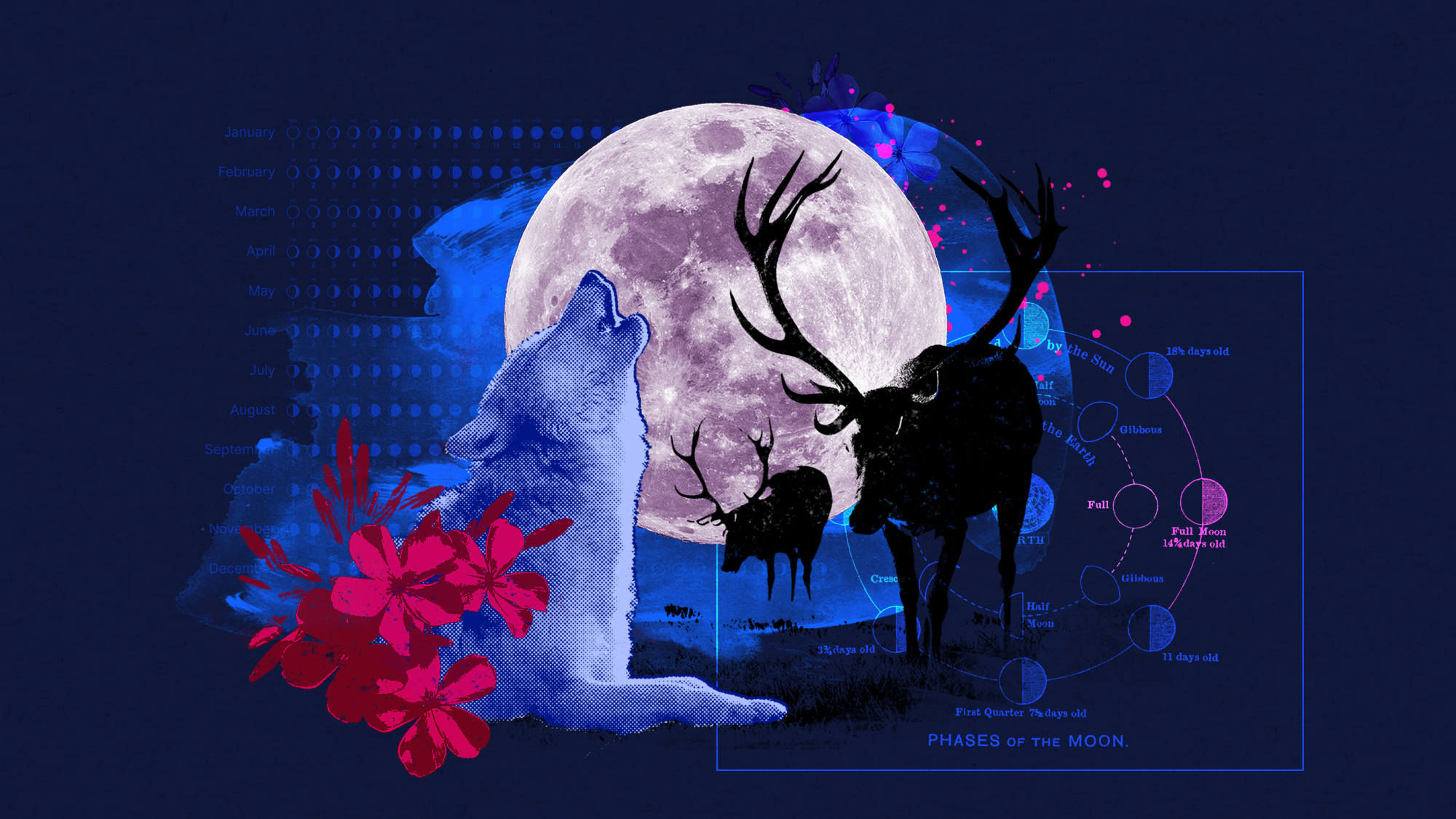
The next full moon
The next full moon is at 6:14 p.m. EST on Thursday, Dec. 4, and is the final full moon of 2025.
The full moon, which has been a source of fascination throughout history, from precipitating werewolf transformations to controlling the tides. Across the globe, it has also been an important part of cultural and spiritual practices. The full moon — the period when the moon is at its largest and brightest — is merely one part of the lunar cycle, which is approximately one month in length. While it can be seen globally, the time of viewing naturally varies from time zone to time zone.
Here is a look at all the full moons during 2025.
The Week
Escape your echo chamber. Get the facts behind the news, plus analysis from multiple perspectives.

Sign up for The Week's Free Newsletters
From our morning news briefing to a weekly Good News Newsletter, get the best of The Week delivered directly to your inbox.
From our morning news briefing to a weekly Good News Newsletter, get the best of The Week delivered directly to your inbox.
Dates and times for full moons this year
Here is when you can see the full moon according to NASA's Sky Event Calendar:
Jan. 13 (Wolf Moon) — 22:27 UTC, 5:27 pm EST
Feb. 12 (Snow Moon) — 13:53 UTC, 8:53 am EST
March 14 (Worm Moon) — 7:55 UTC, 2:55 am EST — Lunar Eclipse
April 12 (Pink Moon) — 1:22 UTC (Apr 13), 8:22 pm EST — Micromoon (most distant of the year)
May 12 (Flower Moon) — 17:56 UTC, 12:56 pm EST
June 11 (Strawberry Moon) — 8:44 UTC, 3:44 am EST
July 10 (Buck Moon) — 21:37 UTC, 4:37 pm EST
Aug. 9 (Sturgeon Moon) — 8:55 UTC, 3:55 am EST
Sept. 7 (Corn Moon) — 19:09 UTC, 2:09 pm EST — Lunar Eclipse
Oct. 6 (Hunter's Moon) — 4:48 UTC (Oct. 7), 11:48 pm EST — Supermoon and Harvest Moon (closest full moon to autumnal equinox)
Nov. 5 (Beaver Moon) — 13:19 UTC, 8:19 am EST — Supermoon (closest of the year)
Dec. 4 (Cold Moon) — 23:14 UTC, 6:14 pm EST — Supermoon
The moon is not capable of producing its own light, so what we see from Earth is a reflection of the sun's light shining on the moon. Still, the moon is orbiting around the Earth while the Earth is orbiting around the sun, which affects how much light shines on the moon. As the moon goes around the Earth, "different parts of it are illuminated by the sun," said The Planetary Society. "But because the same side of the Moon always points toward Earth, most of the time some of the illuminated part (daytime on the Moon) faces away from us. And, some of the non-illuminated part (nighttime on the Moon) faces toward us."
The lunar cycle and the full moon
How we see the moon from Earth can be tracked with the lunar cycle, which is approximately 29.5 days. During that time, the moon goes through eight phases: new moon, waxing crescent, first quarter, waxing gibbous, full moon, waning gibbous, third quarter and waning crescent. Essentially, the moon is not visible in its new moon phase and gains more visibility until it becomes a full moon — and then reduces in visibility once more. The full moon is "as close as we come to seeing the sun's illumination of the entire day side of the moon, said NASA. The moon appears full for approximately two days before beginning to wane.
Some full moons are more special than others. Of the 12 full moons that occur in a year, three or four of them may be supermoons, which is when the full moon "occurs at the closest point to Earth during its orbit," making it appear "larger and brighter," said the Natural History Museum. In another visual spectacle, sometimes the full moon can have a lunar halo, which is an "optical illusion" that causes a large bright ring surrounding it, said Space.com (a sister site of The Week). "This striking and often beautiful halo around the moon is caused by the refraction of moonlight from ice crystals in the upper atmosphere." The halos are not uncommon and can occur at any time of year, but they are most common in the winter months. They are also most visible when a full moon is surrounded by thin cirrus clouds.
Full moon names and meanings
The names listed above originate from the Old Farmer's Almanac, which "come from Native American, Colonial American or other traditional North American sources passed down through generations." Usually, the name refers to an identifiable seasonal marker of the month.
The Wolf Moon was named as such because "the howling of wolves was often heard at this time of year."
The Snow Moon referred to the high level of snowfall during this time of year.
The Worm Moon paid homage to the earthworms appearing as spring comes.
The Pink Moon "heralded the appearance of the 'moss pink,' or wild ground phlox — one of the first spring wildflowers."
The Flower Moon was named because of the springtime bloom.
The Strawberry Moon was in reference to "the time to gather ripening strawberries in what is now the northeastern United States."
The Buck Moon referred to the time of year when the male deer's antlers are in full growth.
The Sturgeon Moon was when "The Great Lakes and Lake Champlain sturgeon were said to be most readily caught."
The Corn Moon was the time of year when corn was harvested.
The Hunter's Moon was "the month when the game is fattened up for winter," and was the "time for hunting and laying in a store of provisions for the long months ahead."
The Beaver Moon was named for the time beavers finished preparing for the winter.
The Cold Moon is at the time of year when the winter cold becomes strongest.
Different cultures also name the moons differently. Chinese culture, Celtic culture and several Indigenous groups have their own names for the moons, usually referring to the seasons, the environment or mythological stories. The almanac also lists several other names the moons are referred to by. For example, the Wolf Moon is also referred to as the Canada Goose Moon, the Center Moon and the Frost Exploding Moon.
Devika Rao has worked as a staff writer at The Week since 2022, covering science, the environment, climate and business. She previously worked as a policy associate for a nonprofit organization advocating for environmental action from a business perspective.
-
 The history of US nuclear weapons on UK soil
The history of US nuclear weapons on UK soilThe Explainer Arrangement has led to protests and dangerous mishaps
-
 Tea with Judi Dench: ‘touching’ show is must-watch Christmas TV
Tea with Judi Dench: ‘touching’ show is must-watch Christmas TVThe Week Recommends The national treasure sits down with Kenneth Branagh at her country home for a heartwarming ‘natter’
-
 Codeword: December 24, 2025
Codeword: December 24, 2025The daily codeword puzzle from The Week
-
 5 recent breakthroughs in biology
5 recent breakthroughs in biologyIn depth From ancient bacteria, to modern cures, to future research
-
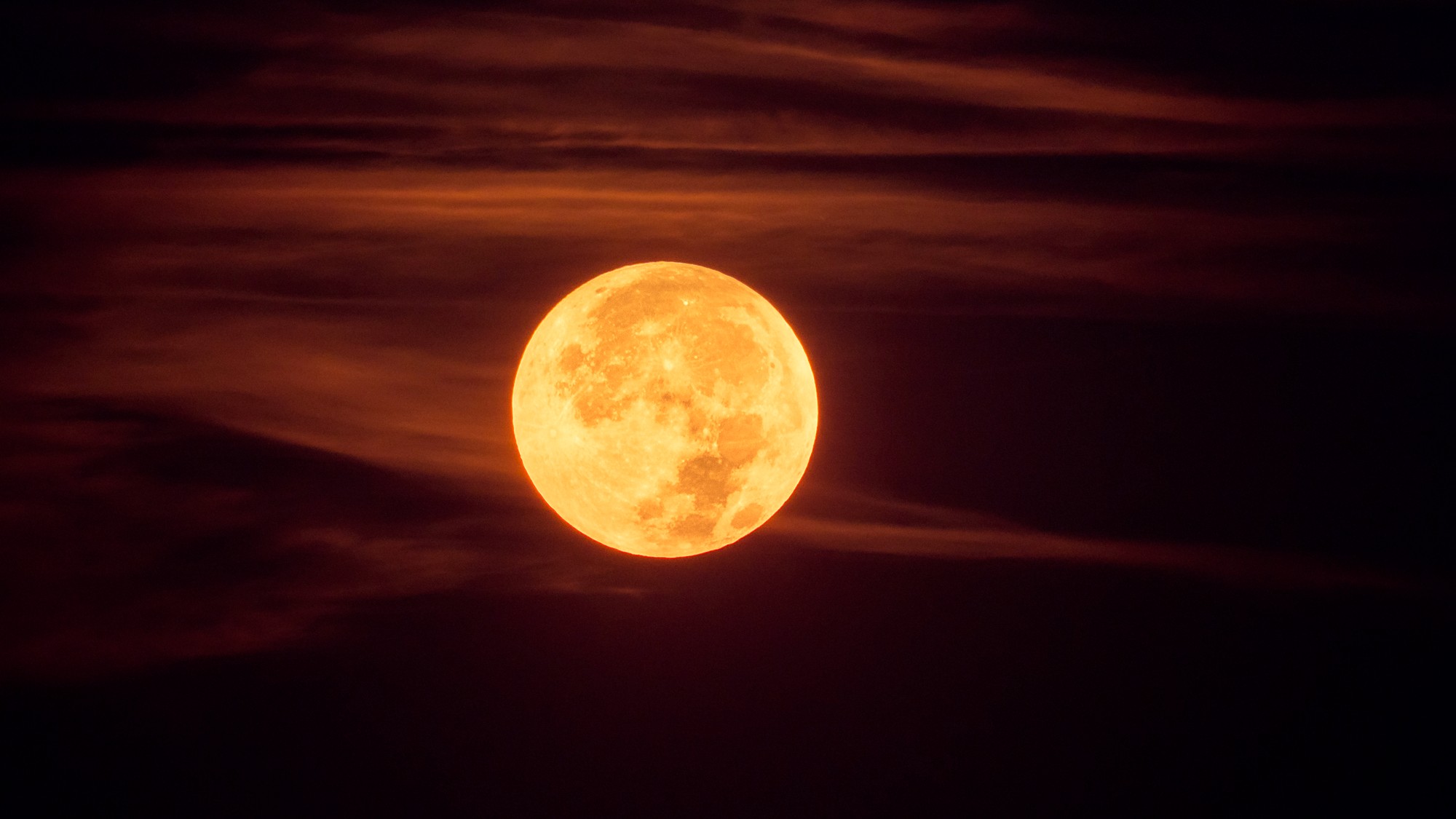 The moon is rusting
The moon is rustingUnder the radar The Earth is likely to blame
-
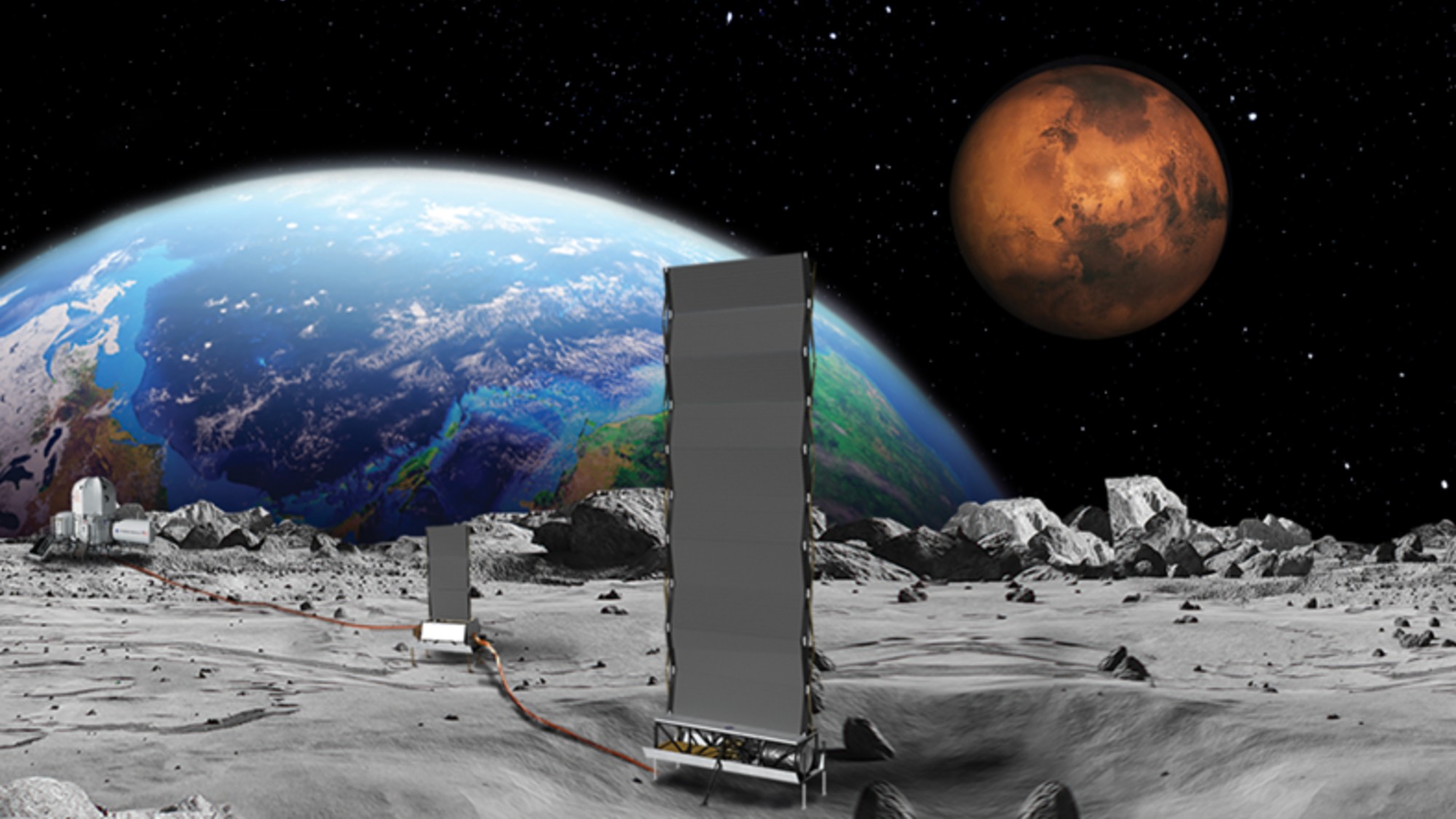 Why does the US want to put nuclear reactors on the moon?
Why does the US want to put nuclear reactors on the moon?Today's Big Question The plans come as NASA is facing significant budget cuts
-
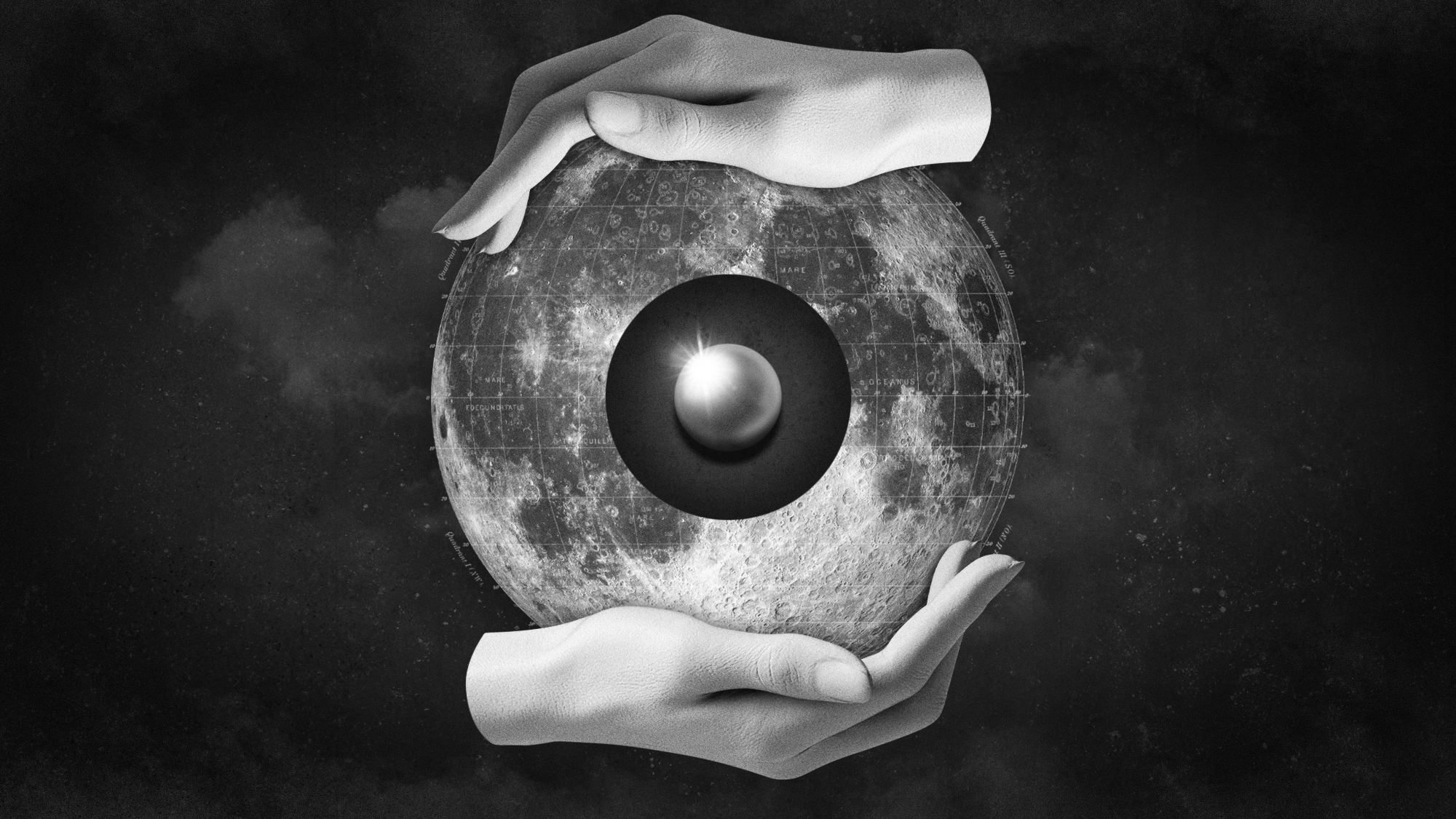 The treasure trove of platinum on the moon
The treasure trove of platinum on the moonUnder the radar This kind of bounty could lead to commercial exploitation
-
 Earth's mini-moon was the moon all along
Earth's mini-moon was the moon all alongUnder the radar More lunar rocks are likely floating in space
-
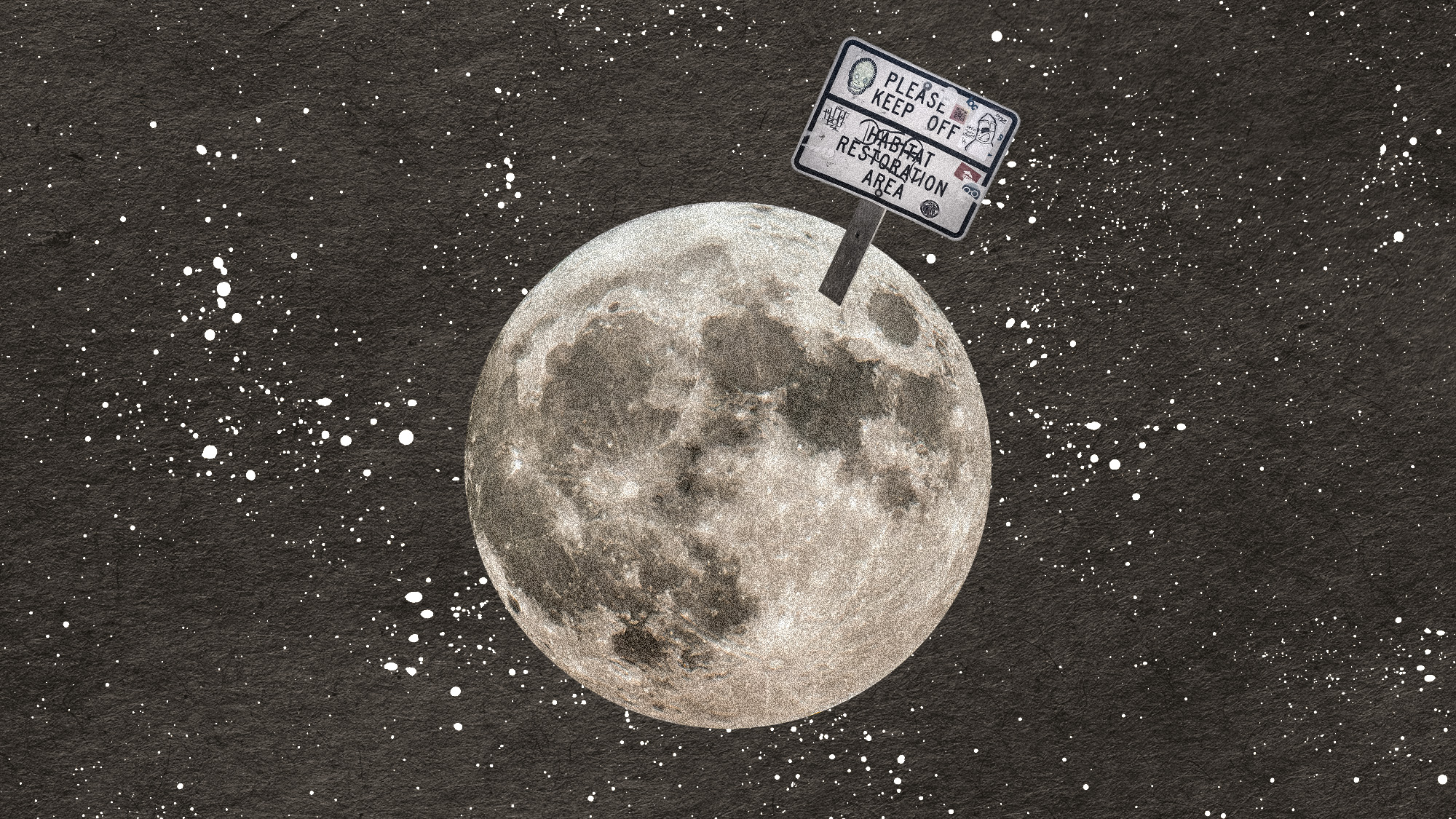 The moon has been listed as a threatened historic site
The moon has been listed as a threatened historic siteUnder the radar Human influence has extended to space
-
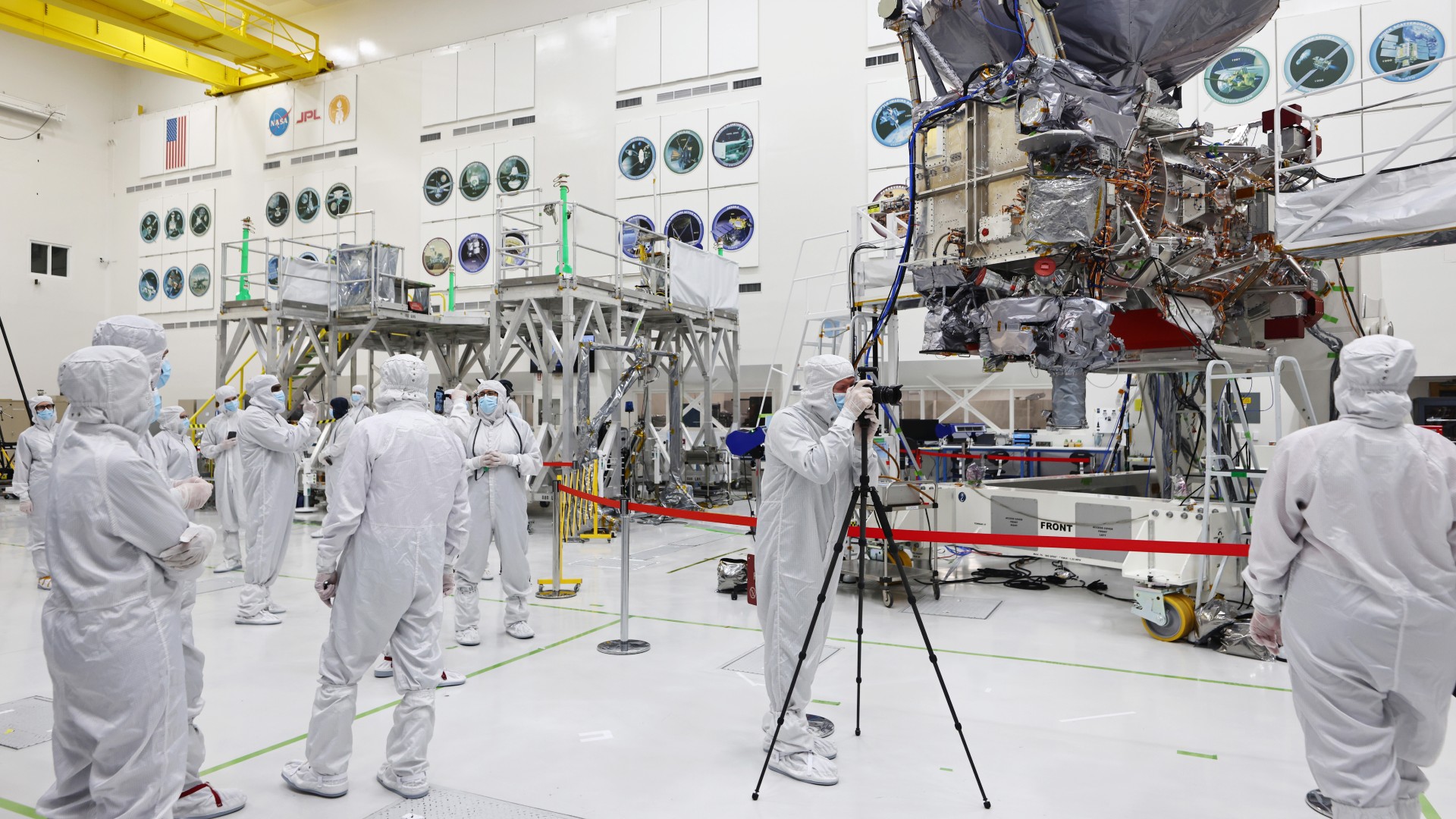 Nasa mission to probe possibility of life on Europa
Nasa mission to probe possibility of life on EuropaSpeed Read Exploration of Jupiter's icy moon could reveal how common habitable environments are in the universe
-
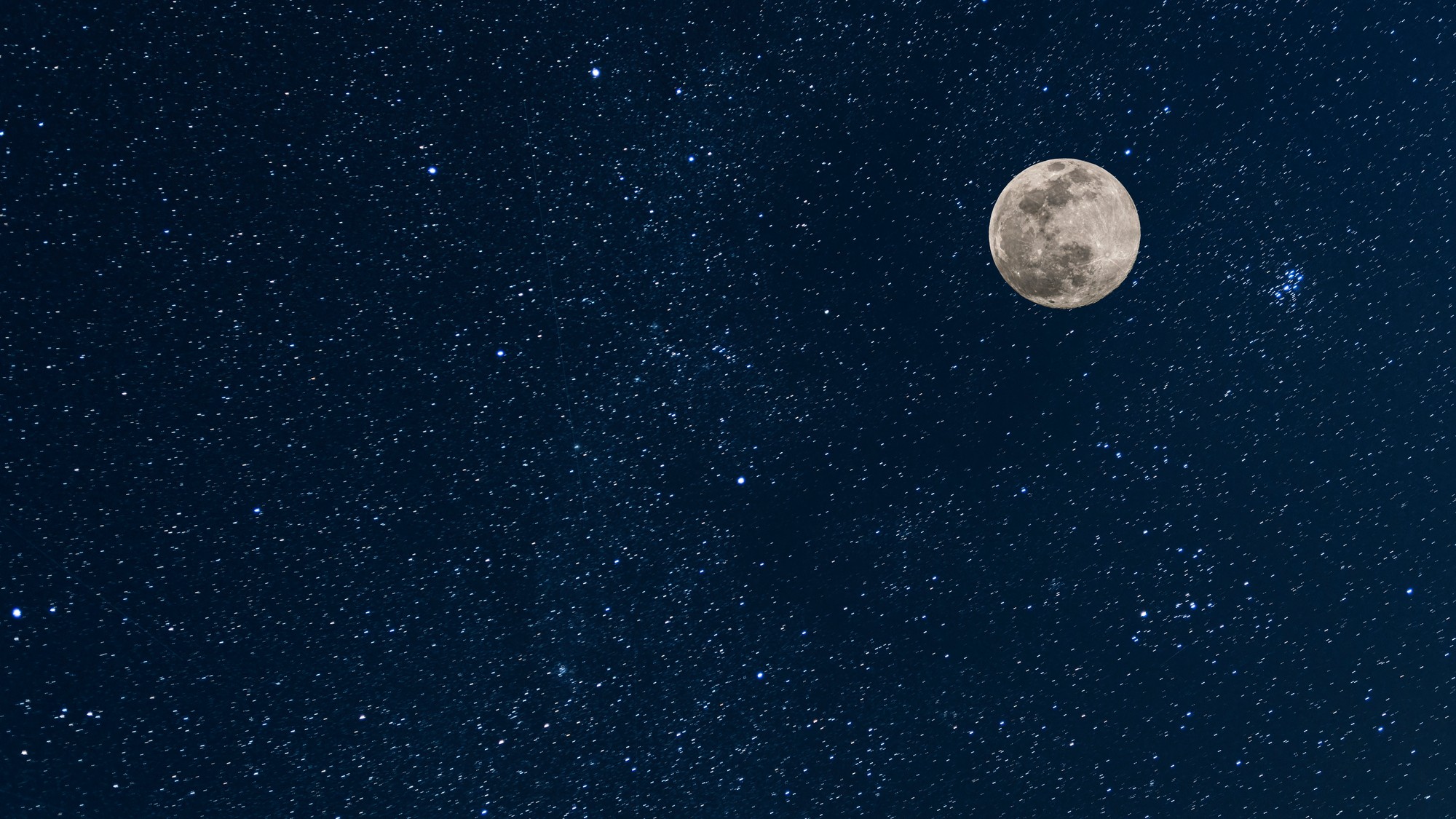 Earth may be gaining a temporary moon
Earth may be gaining a temporary moonUnder the radar A planetary plus-one
